The following projects are based on soil. This list shows the latest innovative projects which can be built by students to develop hands-on experience in areas related to/ using soil.
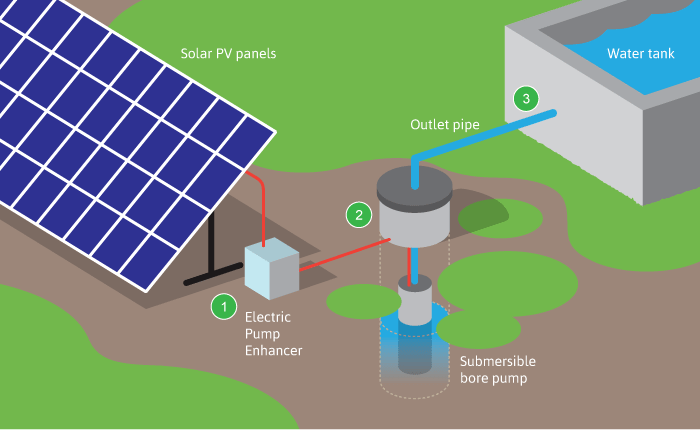
One of the biggest networks where people work as groups in the field of Agriculture. As technology is increasing and automation is replacing manual operation in almost all the fields, the same can be applied to the Agricultural Field also. Previously farmers manually used to water the fields whenever needed and power for providing the water is taken from household power. The cons of this system are we need to pay for the power and every time human intervention is needed whenever water needs to be provided. Imagine there is an automatic system where whenever water is needed for the field, automatically pump will be turned on and when water level sufficient, the pump will be turned off automatically and the power required for the operation of the pump will be taken from the solar power.
![]()
Through this project you are going to build an innovative project where smart irrigation technique with maximum power tracking technique through dual axis solar panel application.

In this era, development of infrastructure such as roadway, bridges, various buildings etc. are increasing exponentially. Due to insufficient quantity of useful land and strength of soil, engineers improve the soil properties like bulk density, strength etc. by adopting different techniques. In areas of loose deposits, ground improvement is required to check the required performance.
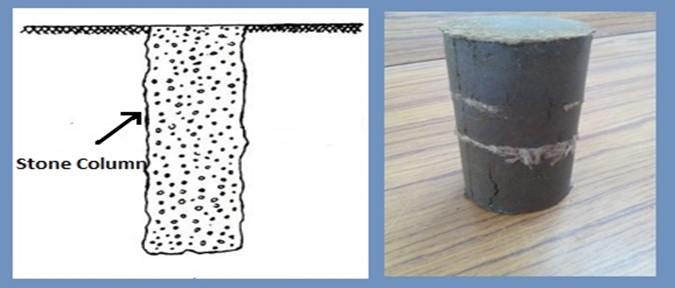
In order to enhance infrastructure projects, large civil engineering projects are executed in India. Due to space constraints and time limits infrastructure facilities have to often build on site where the soil conditions are not ideal. This is where the geotechnical engineer plays a critical role in improving the soil conditions. The method of ground improvement adopted depends upon the nature of strata and the purpose of improvement. Under different improvement techniques, ground improvement using stone columns offers a proven and economical solution. In this project, you are going to make a stone column with different composition to know which composition gives more strength to the soil.

Expansive soils are very hard when dry, but loses its strength completely in wet condition and these expansive soil poses several problems for civil engineering works like road construction, building construction etc. Soil stabilization in one of the important features for construction because it improves the engineering properties of soil such as strength, durability & stability. In this project, an attempt is made to increase the strength of expansive soils by using sugarcane straw ash.
Want to develop practical skills on latest technologies? Checkout our latest projects and start learning for free

Accumulation of solid waste requires a large area for its disposal. Human hair fiber (HHF) a non- degradable matter is creating an environmental problem so its use in soil improvement can minimize the problem. Also human hair fiber available in abundance at a very low cost. The main purpose of this project is to understand and investigate the variations in the strength of the cohesive soils using human hair fibers (natural fiber) as a soil reinforcing material.

Excavation involves the removal of a layer of soil beneath the topsoil. Excavation is done for footings, dams or any other construction projects so its importance is high and understanding properties of soil after excavation is very useful. Excavation requires supporting if depth is more than 6m such as diaphragm walls with struts, anchors or tie backs. This process becomes more complicated in heavy constructions like dam construction we know that diaphragm wall helps to eliminate seepage flow below the dam in order to minimize the water loss and it increases the stability of dam.

Soil Bioengineering is the use of living plant materials to perform engineering function. This technique can be used to treat eroding banks, excess gravel, and unstable slopes and can provide a finished product that treats the problem as well as providing appropriate riparian vegetation.

One of the most important factor, when you build anything is the material. Another important factor in civil engineering is cost. So, that the material should be economical. Soil or Earth is one of the cheaper material available nowadays.

The increased waste in the construction industry causes a major problem for disposal operation. The waste materials from construction activities are heavy in weight and occupy more storage space. In India out of 48 million tones of solid waste generated, construction waste make up 25%. Concrete and masonry waste can be recycled by sorting, crushing and sieving into recycled aggregates. This recycled aggregates can be used to make concrete for road construction, soil stabilization, etc. The re-use of waste material is an important factor in point of sustainability.

Foundation settlement is the major problem faced by geotechnical engineers. If the settlement is severe, it may lead to the complete collapse of the structure even though the factor of safety against shear failure is high. There are many techniques or ways to reduce the foundation settlement, the floating foundation is one of the best solution.

The building materials play a major role in our national economy. From stones, we have shifted to bricks and now more advanced compressed stabilized earth bricks can be used which are also called as “HYBRID BRICKS”. This bricks can be used for almost all the applications of burnt clay bricks.

Soil stabilization is the process of improving the physical and chemical properties of soil. Stabilization helps to increase the shear strength and controls the shrink-swell properties of soil.

Liquefaction is a process that leads to soil suddenly losing strength, As a result of ground shaking during an earthquake. However, not all the soils liquefy during an earthquake.

In this present electronic age, the development of the country is going at a very fast pace. So, with the development of the country, heavy load vehicles are also rapidly increasing. Road transport is the only transport by which you can travel door to door.

In the world of rapid urbanisation, the construction of buildings is been increasing day by day. Due to the limitation of the land tall buildings are encouraged.
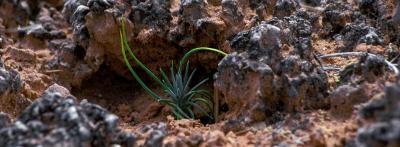
Soil bioengineering is the process of using the plants and their resources to stabilize the soil. The strength of the roots is used to stabilize and increase the strength of the natural and man-made soil. This technique is already used in many countries including in India.

Just like other construction materials soil has its own scientific analysis with regards to its abilities in dealing with forces. Soil is one of the most complex materials in civil engineering to the point that when it comes to the factor of safety in designing structures like foundations, or soil-based constructions.
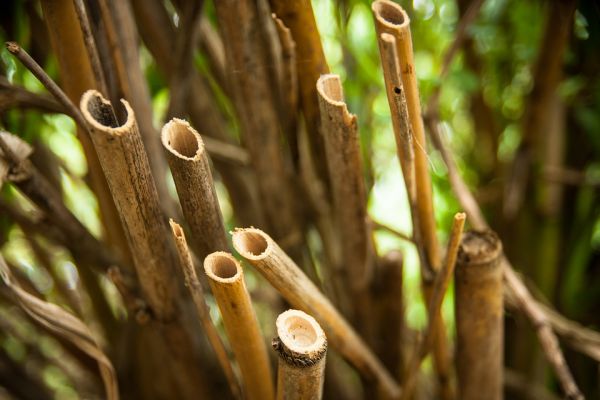
There are different methods for the improvement of soil. In the civilization of Mesopotamian lime stone was used as construction material by mixing it with weak soil. Also, in some the ancient civilization people also use materials such as straw, hay etc… these are mixed with the soil with low strength and used as bricks.

The ground improvement techniques are generally made at the places where the soil conditions are very ill. These techniques which are used to increase the performance of the soil are called soil stabilization techniques or soil improvement techniques.
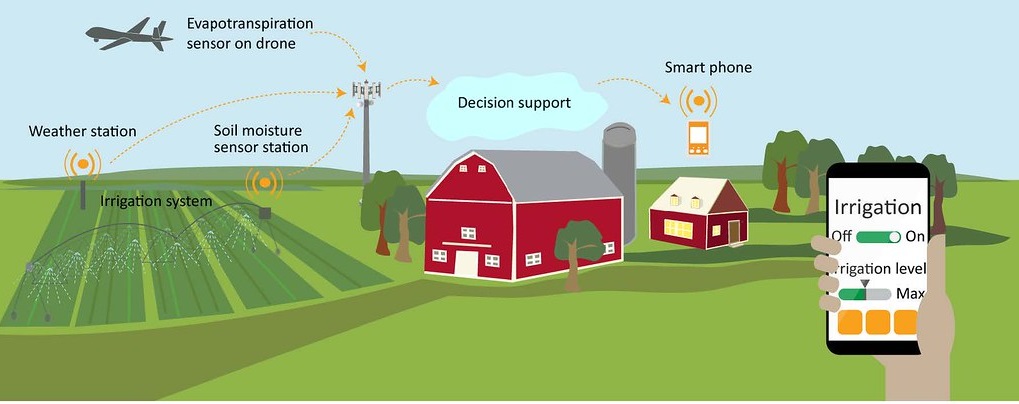
Introduction:
Farmers have large portions of land which they use for farming and irrigation. It is difficult for them to track and take care of each portion of it. There is a possibility of uneven crop distribution or uneven water from sprinklers. This results in loss of crop and leads to financial loss as well. This is where IoT changes dynamics and eases the work of farmers. This IoT based system uses the nodemcu and dht11 sensor to trace the moisture level in the soil and also tracks the condition of the land. It uses thingspeak to receive data from the system and cluster it to get a detailed report of the land. Water pumps and incorporated on the system to regulate and sprinkle water when the soil needs it.

You can build this project at home. You can build the project using online tutorials developed by experts. 1-1 support in case of any doubts. 100% output guaranteed. Get certificate on completing.
You can build this project at home. You can build the project using online tutorials developed by experts. 1-1 support in case of any doubts. 100% output guaranteed. Get certificate on completing.
You can build this project at home. You can build the project using online tutorials developed by experts. 1-1 support in case of any doubts. 100% output guaranteed. Get certificate on completing.
You can build this project at home. You can build the project using online tutorials developed by experts. 1-1 support in case of any doubts. 100% output guaranteed. Get certificate on completing.
Want to develop practical skills on latest technologies? Checkout our latest projects and start learning for free
Join 250,000+ students from 36+ countries & develop practical skills by building projects
Get kits shipped in 24 hours. Build using online tutorials.
Stay up-to-date and build projects on latest technologies